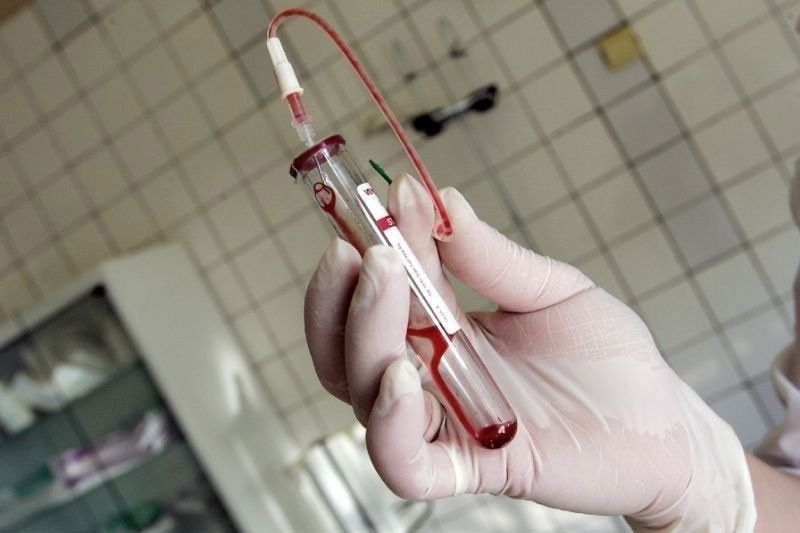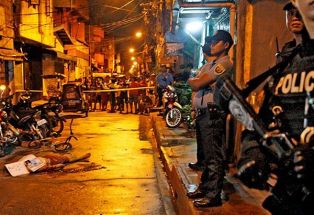UN body projects 200,000 HIV case in Philippines by 2025

MANILA, Philippines — Unless the Philippines implements some “drastic moves,” the number of persons affected with HIV (human immunodeficiency virus) will hit 201,000 by 2025, according to the United Nations Program on HIV/AIDS (UNAIDS).
“The Philippines has been projected to have 201,000 HIV cases by 2025, up from 56,000 cases in 2016 and 142,000 cases in 2022,” Louie Ocampo, UNAIDS country director, said yesterday.
Of the figure, 42 percent of the cases will come from the National Capital Region, 18 percent from Western and Central Visayas as well as Davao region, 14 percent from Calabarzon (Cavite, Laguna, Batangas, Rizal and Quezon) and nine percent from Central Luzon.
Ocampo said a cause for concern is that two of three new infections belong to the 15-24 age bracket. They will account for some 19,300 new cases by 2022.
“If this trend continues, probably we will not reach our targets by 2020 unless we do some out-of-the-box interventions,” Ocampo said during a meeting organized by the AIDS Society of the Philippines.
Ocampo was referring to the global targets to enable 90 percent of all people living with HIV to know their status, 90 percent of those who know their status to avail themselves of the anti-retroviral treatment (ART) and 90 percent of people on ART to suppress their viral load.
He, however, said that stigma and discrimination are still persistent in the Philippines, noting this is one hurdle that needs to be addressed.
“It does not end by the three 90s. We need to address the last objective, which is zero stigma and discrimination.”
Up by 203 percent
Ocampo said the number of new HIV infections in the Philippines had grown by 203 percent from 2010 to 2018.
Data showed that this year, only 77 percent of infected individuals are aware about their status, while 57 percent are getting ART and eight percent are being tested for viral load.
“We need to focus on scaling up the HIV response in the regions to have a better accomplishment,” he added.
Citing a 2018 UNAIDS report, Ocampo said the Philippines is a “country with the fastest growing epidemic in the world.”
“Fastest growing in terms of growth rate, comparing 2010 and 2018... But in terms of absolute number, it is still very low and we have not defeated African countries when it comes to the number of cases,” he said.
But while the first wave of HIV epidemic, from 1984 to 2009, was due to male-who-have-sex-with-males (MSMs) and heterosexual contact, the second wave from 2010 to 2017 was driven primarily by MSMs.
What to do
To curb the epidemic, Ocampo stressed the need to address the low level of knowledge among the youth, especially MSMs, on how HIV is transmitted and prevented.
He said the use of condom must be increased while reproductive health services must be made available for the youth.
“Risky behavior start early among MSM. They have their first sex at 15 years old... but first use condom at the age of 18. There is a gap of three years for protective behavior,” he said.
- Latest
- Trending




























